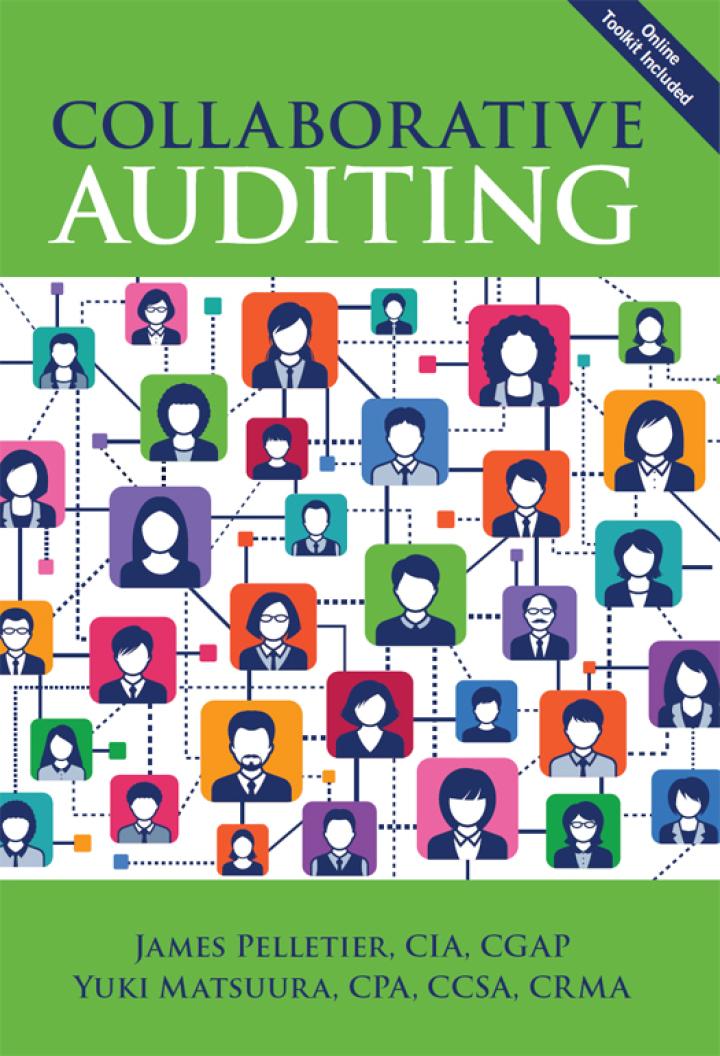Question
Question 11 Multiple Answers: If a taxpayer signs a form 870 agreement form A. he/she waives his/her rights to receive a statutory notice of deficiency
Question 11
Multiple Answers:
If a taxpayer signs a form 870 agreement form
| A. | he/she waives his/her rights to receive a statutory notice of deficiency | |
| B. | the agreement is final and he/she is precluded from paying the tax then filing a claim for refund | |
| C. | he/she may later contest any portion of the agreement provided a payment is made and a timely claim for refund is filed. | |
| D. | he/she may file a petition in Tax Court within 90 days of signing the form 870 |
Question 12
If a taxpayer who resides in Connecticut decides to litigate their unagreed tax case in Tax Court via the Small Case Forum (S case) where the judge finds in favor of the government, which court can she appeal her tax court decisions to?
| A. | second circuit court of appeals | |
| B. | court of federal claims | |
| C. | she may not appeal; the decision is final | |
| D. | regular tax court forum |
Question 13
Multiple Answers:
Which of the following courts is an Article I court where the judge's term is limited to 15 years?
| A. | US District Courts | |
| B. | US Supreme Court | |
| C. | US Tax Court | |
| D. | US Court of Federal Claims |
Question 14
T/F
With respect to a claim for refund, the taxpayer may not file suit once two years have passed from the date of the notice of disallowance was mailed or the taxpayer's waiver of the notice of disallowance was filed.
True
False
Question 15
With respect to taxes there is a distinction between a federal tax "payment" and a federal tax "deposit". Identify the true statement:
| A. | A tax "payment" earns interest whereas a tax "deposit" does not. | |
| B. | If the taxpayer erroneously makes a tax payment where no tax liability actually exists, the payment may not be considered an overpayment. | |
| C. | A tax payment is refundable only if the taxpayer files a return within 2 years of the tax payment. | |
| D. | A deposit is refundable to the taxpayer at any time, but a payment is subject to the statute of limitations. |
Question 16
T/F
If two similar cases are governed by conflicting Court of Appeals precedent, the "Golsen rule" (court decision) allows the possibility of inconsistent Tax Court decisions, even if the two cases are decided by the same Tax Court judge.
True
False
Question 17
Multiple Answers:
In Kretchmar v. United States 9 Cl, Ct. 191 (1985) the court utilized a test under equitable estoppel to determine whether the taxpayer was precluded from bringing a suit for refund because the execution of the form 870-AD barred him from doing so. Identify all of the components of the test.
| A. | Execution of the form 870-AD was the result of mutual concession or compromise | |
| B. | 870-AD represented a meeting of the minds that the claims be extinguished | |
| C. | to allow plaintiff to reopen the case after entering into a settlement with form 870-AD would be prejudicial given the defendant's reliance on the the extinguishment thereof. | |
| D. | would be unfair given the resources already expended by the government in reaching a settlement. |
Question 18
Your client comes to you on Feb 2nd to file her return so she can receive a refund due. You promptly file the return and she receives her refund. On March 15th she comes to you with a 1099 for $10,000 that she forgot to provide you. Identify the true statement:
| A. | If you file the amended return on March 17th, your client's statute of limitations for assessment changes from commencing on 2/2 to 3/17. | |
| B. | You are precluded from filing another return until the 4/15 deadline has passed | |
| C. | The amended return that you file on 3/17 is now considered her original return | |
| D. | If the omission from income is greater than 25% of her gross income, her filing of the amended return on 3/17 results in the statute of limitations for assessment now being open for six years. |
Question 19
T/F
The Tax Court can never have jurisdiction over a petitioners claim for refund.
True
False
Question 20
With respect to the statutory notice of deficiency (SND), select the correct statement:
| A. | The SND is quite frequently deemed to be "arbitrary and capricious" by the courts | |
| B. | The Commissioner's SND is afforded the "presumption of correctness" | |
| C. | Once the SND is issued, the taxpayer has 90 days to petition the District Court to consider the proposed tax deficiency | |
| D. | The issuance of the SND is irrelevant if the taxpayer wishes to have his day in court without paying the deficiency. |
Step by Step Solution
There are 3 Steps involved in it
Step: 1

Get Instant Access to Expert-Tailored Solutions
See step-by-step solutions with expert insights and AI powered tools for academic success
Step: 2

Step: 3

Ace Your Homework with AI
Get the answers you need in no time with our AI-driven, step-by-step assistance
Get Started


